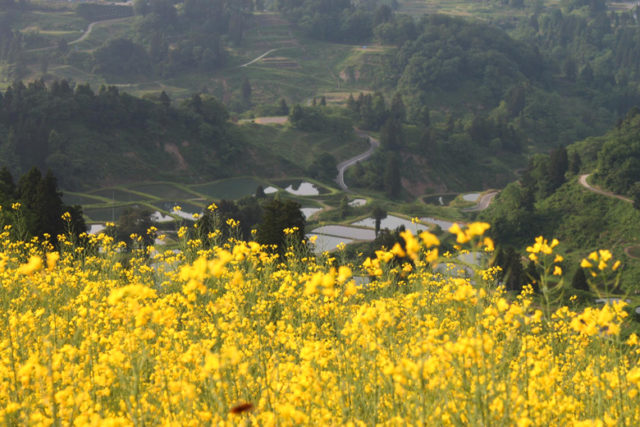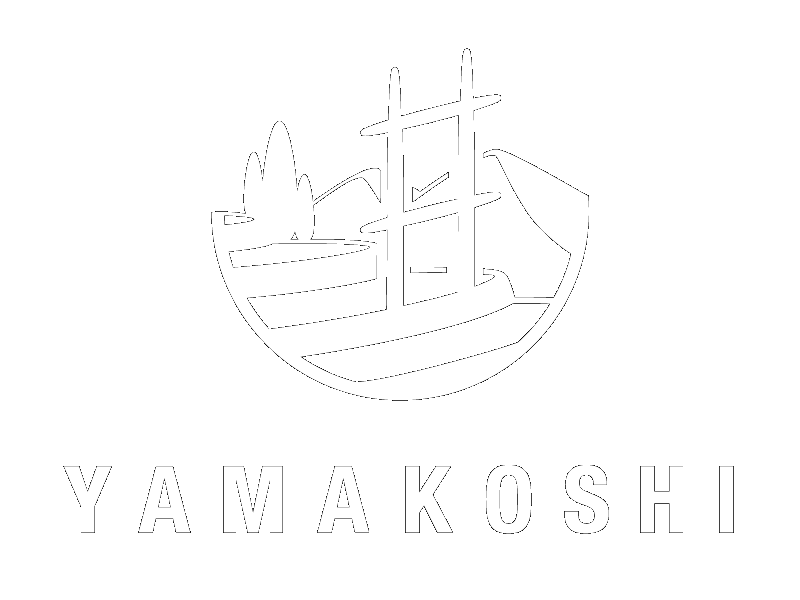
Yamakoshi is an area surrounded by mountains in Nagaoka City, Niigata Prefecture.
The village is at an altitude of 150 m to 450 m, the terrain in the village has a strong slope, and there are few flat lanes.
And in the winter it is a heavy snowy zone where more than 2 m of snow falls.
People who live here, from the distant ancestors afraid of the snow “It’s a plant called the no rain is snow, but …” and, it is difficult to discard the even was born land while grudge, we have continued to wait for the spring from the bottom of staring heavy snowfall.
It is about 5,000 years ago that we can confirm that people lived on this land.
The Akagi remains, which is supposed to be in the middle of the Jomon period, is left.
In search of food, I traced back the river, climbing the ridge, and reached this place.
And for centuries, with the hand of man, we cut open the mountains and made it a rice terrace, building this landscape.
It is in 1597, slightly before the Edo period began to be able to confirm the village of Yamakoshi on the historical record.
At the beginning of the Edo era there was a record called “mountain village” and “mountain village”, and it was later called “twenty villages”.
From this era, in Yamakoshi, such as the beginning of “cow corner thrust” festival, from its rarity, it is introduced as cattle wrestling in the “Nansō Satomi Hakkenden” of Bakin Takizawa in the first half of the 18th century and attracted attention from all over Japan .
In modern times cow horn stick customs are designated as a country important intangible folk cultural asset.
In the latter part of the Edo period, a colored carp (Nishikigoi) was born in the early 19th century.
Nishikigoi born in Yamakoshi has been widely spread around the world in various parts of the world in recent years, and is loved by many people as “swimming jewelry” “swimming art piece”.
In this way, Yamakoshi was a rare area known all over the country from early modern times though it was a mountain village.
However, in the wave of modernization Yamakoshi culture gradually disappeared.
Also, due to the earthquake and landslides caused by the earthquake with a seismic intensity of 6 strong, which hit this area on October 23, 2004, it became a devastating situation and forced “full village evacuation”.
I have overcome the crisis that culture and nurtured livelihoods in this land may be lost entirely with the strong desire to return to the village’s village.
In 2005, Yamakoshi merged with Nagaoka City, the tradition of living with nature still continues to go in the life. In 2017, the activities of people in this area were certified as a Japanese agricultural heritage as “Rice cultivation and utilization system utilizing the grace of snow”.
